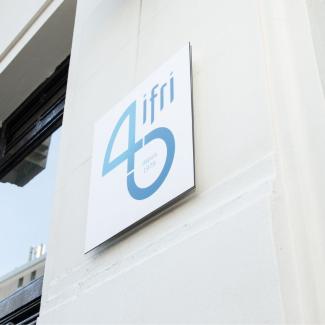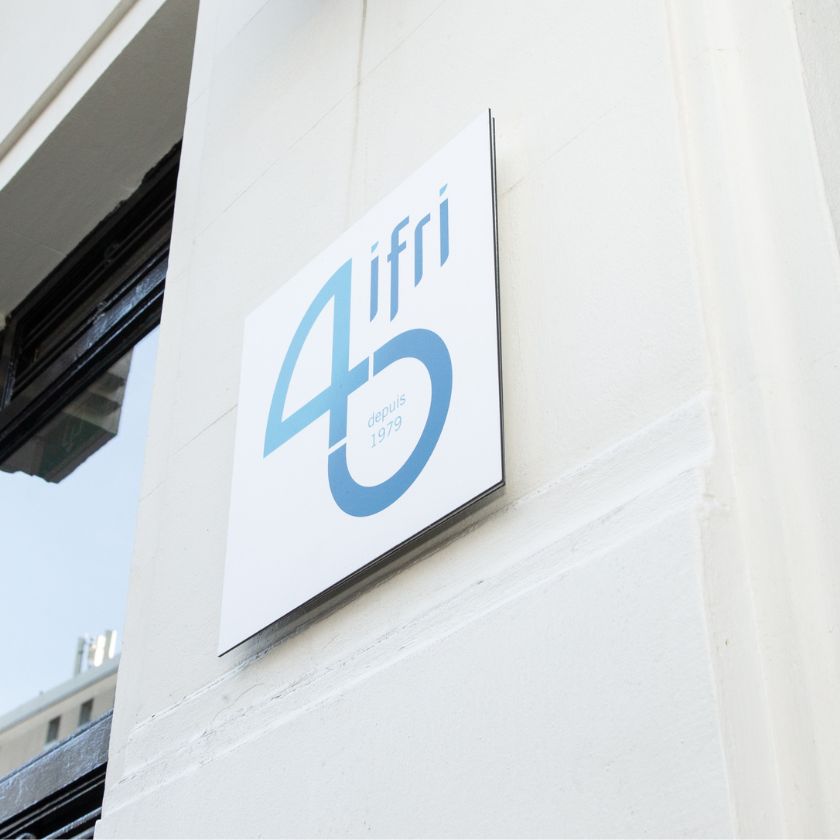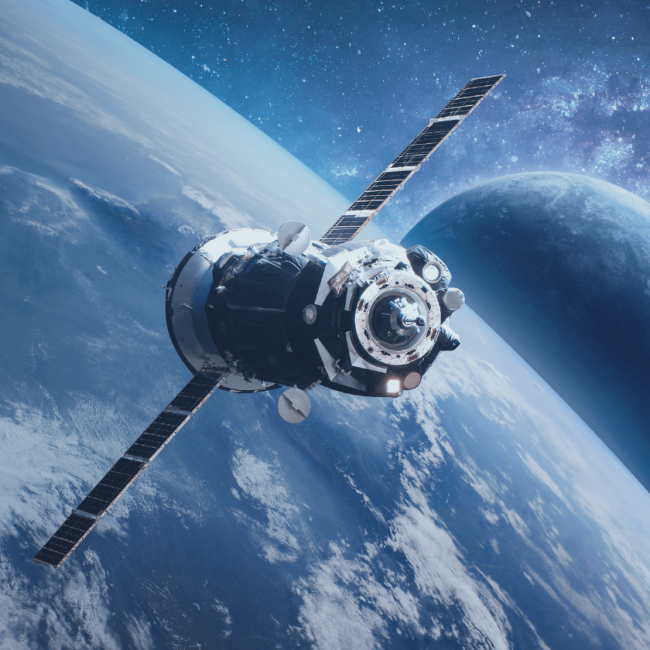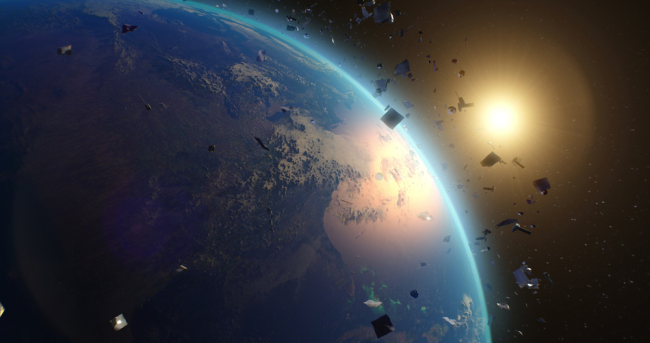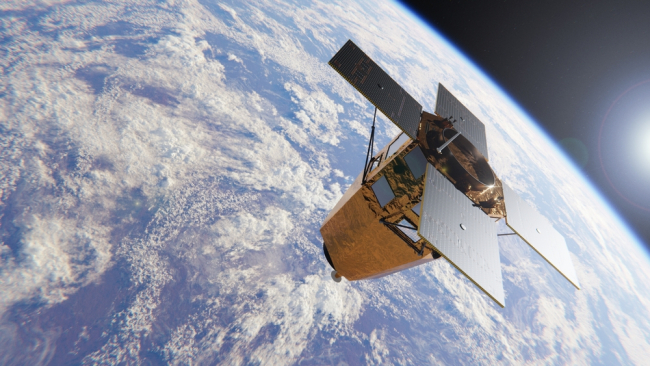GMES, the Second Flagship
The Global Monitoring for Environment and Security (GMES) Program is often overshadowed by what is perceived to be the flagship program of European space, Galileo. As a matter of fact, GMES is just as important and faces many similar challenges.
The Global Monitoring for Environment and Security (GMES) initiative, launched in 1998 the European Commission (EC), ESA and national space agencies, is often over-shadowed by what is perceived to be the flagship program of European space, Galileo. As a matter of fact, GMES is just as important, and faces many similar challenges.
The launch of GMES was motivated by comparable strategic goals. First, it will increase Europe’s autonomy, by providing independent access to space data and enabling independent decision-making (GMES will deliver information in six areas: Land, Marine, Atmosphere, Emergency Response, Security and Climate Change). Second, it will strengthen the EU contribution to global knowledge on climate change, as GMES will be the European contribution to the Global Earth Observation System of Systems (GEOSS). Last but not least, GMES is expected to provide major societal and economic benefits to the EU citizens, in line with the Europe 2020 strategy.
However, unlike Galileo, GMES is more than a space infrastructure. It is conceived as a system of systems, combining existing and future Earth Observation (EO) satellites, airborne sensors and ground stations to provide comprehensive and unified EO data “to better manage the environment, understand and mitigate the effects of climate change and ensure civil security”. GMES will rely on three components: Space, In-Situ and Services. As such, GMES is a user oriented project, aiming at responding to user communities’ needs.

Available in:
ISBN / ISSN
Share
Download the full analysis
This page contains only a summary of our work. If you would like to have access to all the information from our research on the subject, you can download the full version in PDF format.
GMES, the Second Flagship
Related centers and programs
Discover our other research centers and programsFind out more
Discover all our analysesThe Sustainability of Space Operations: An Opportunity for European Leadership?
As space becomes a key arena for power projection strategies, while facing growth and diversification of orbital activities, the concept of “space sustainability” is emerging as a new framework of analysis for space governance.
The European Space Model: Renewing Ambition in a Changing Strategic Landscape
The European space model, based on science, cooperation and trade, is now being undermined by changes in international relations and the economic upheavals brought about by New Space. In light of the war in Ukraine and American disengagement, Europe needs to rethink its strategy by adding a fourth pillar dedicated to defense, in order to strengthen its sovereignty and deter possible aggression against the continent.
Sat-to-Cell: Towards Universal Connectivity?
Sat-to-Cell is a new type of service that connects smartphones directly to satellites. It has recently enabled innovative applications such as emergency text messaging via satellite. The technology is developing rapidly, and many questions are now being raised about its potential impact.
NATO's New Ambitions for Space
Ahead of Russia's invasion of Ukraine, a devastating cyber attack targets Ukrainian army communications, exposing Western dependence and vulnerability to space technologies, and calling NATO's defensive posture into question.





